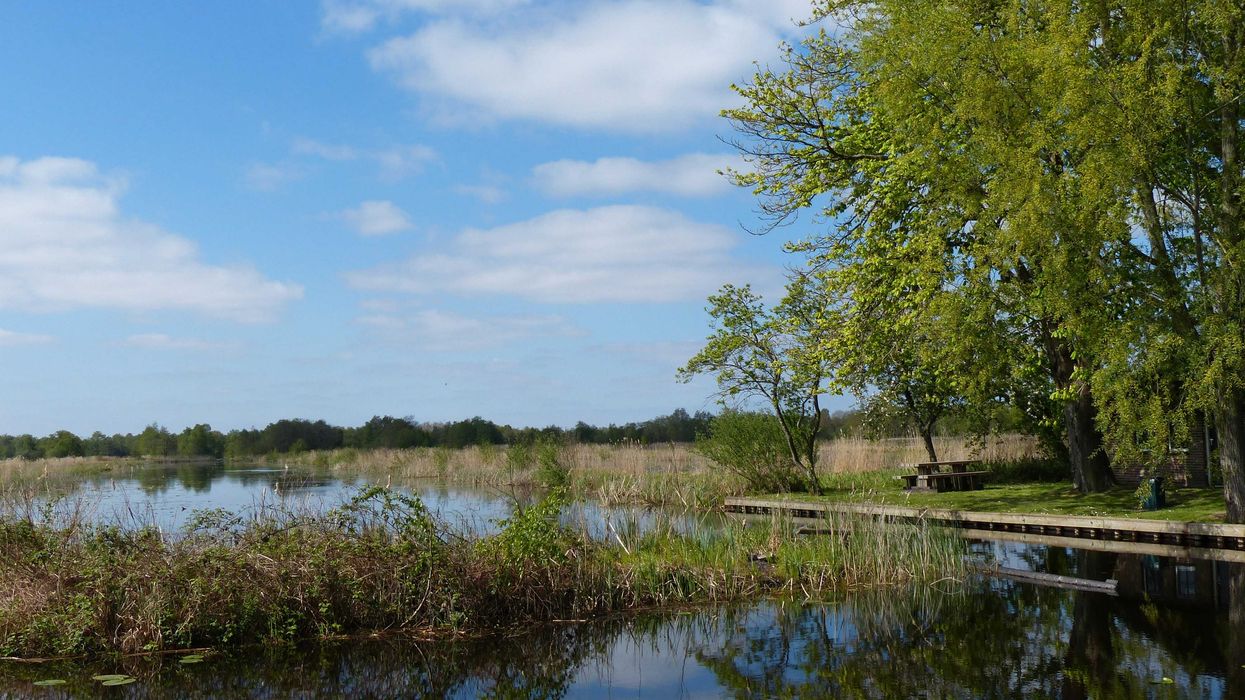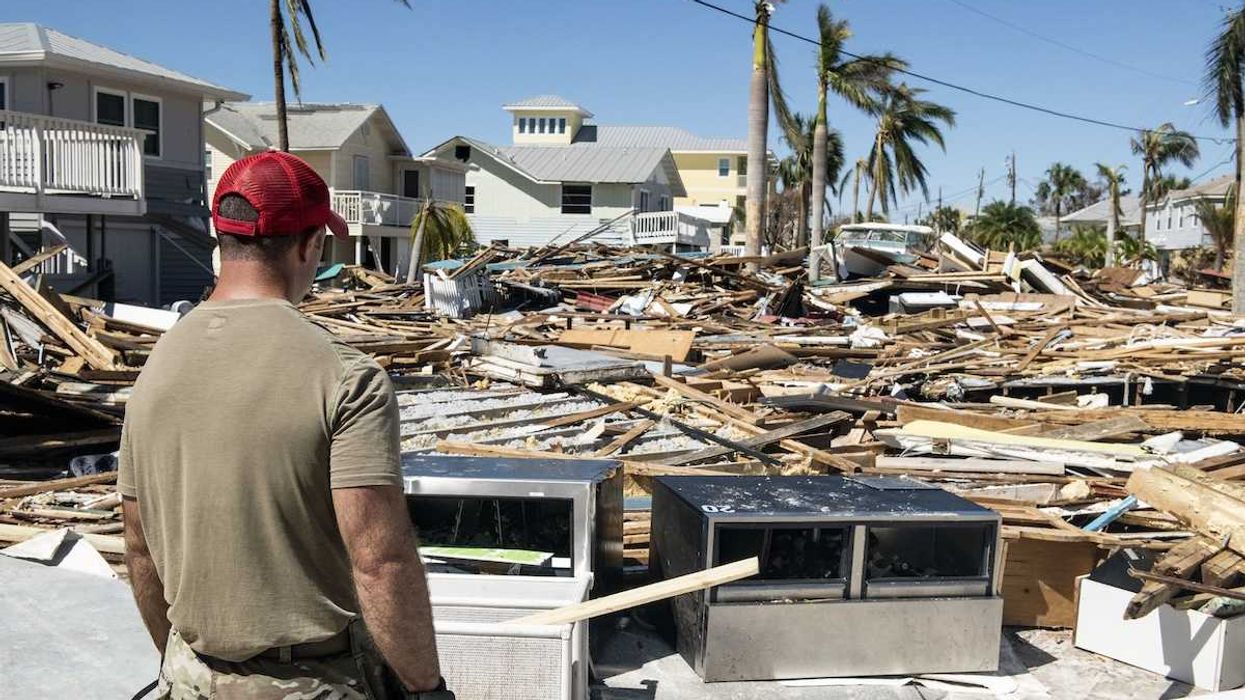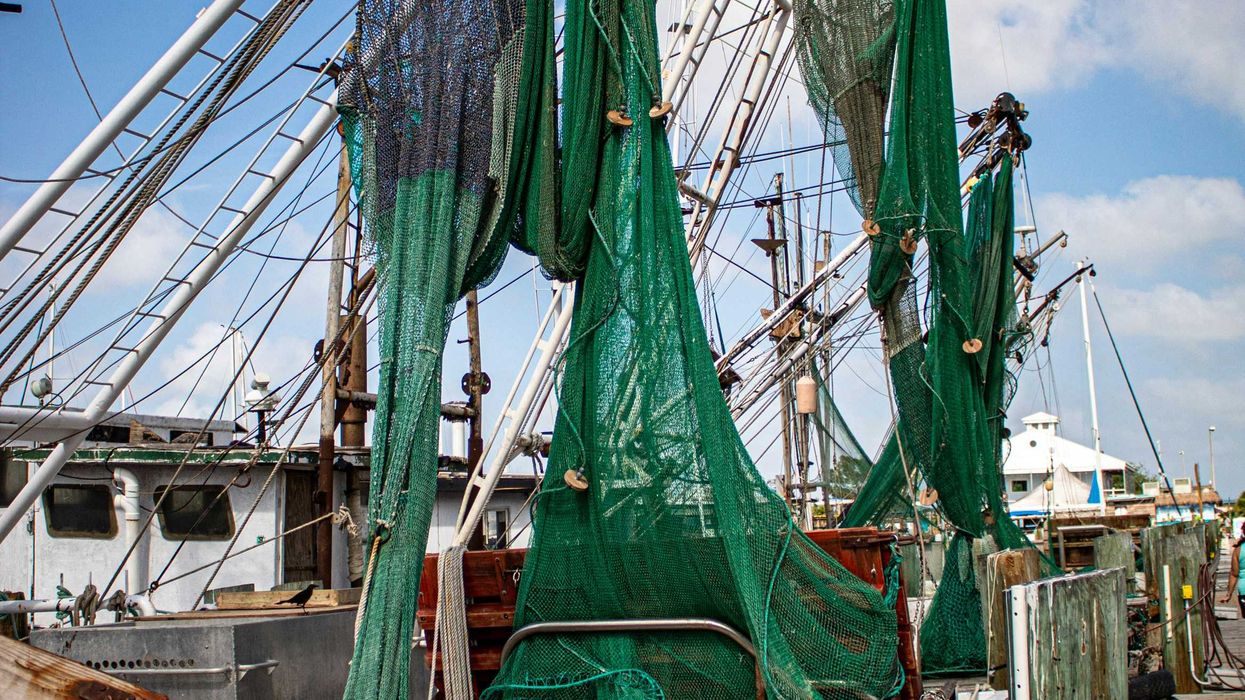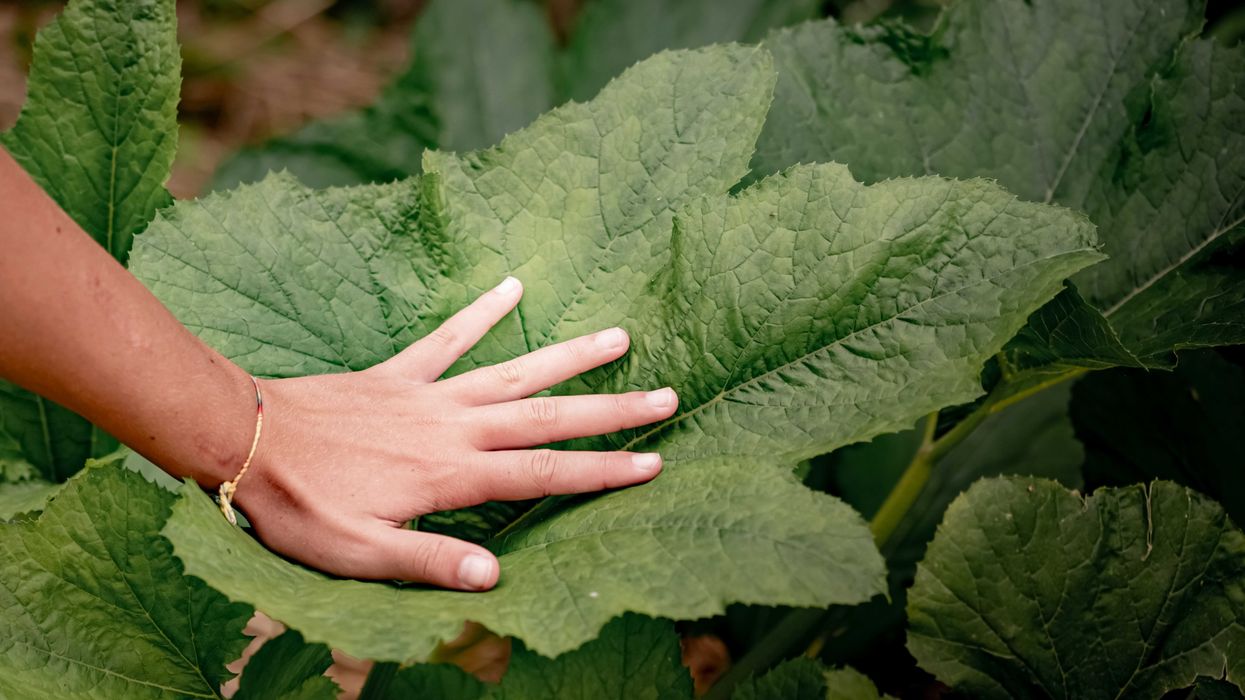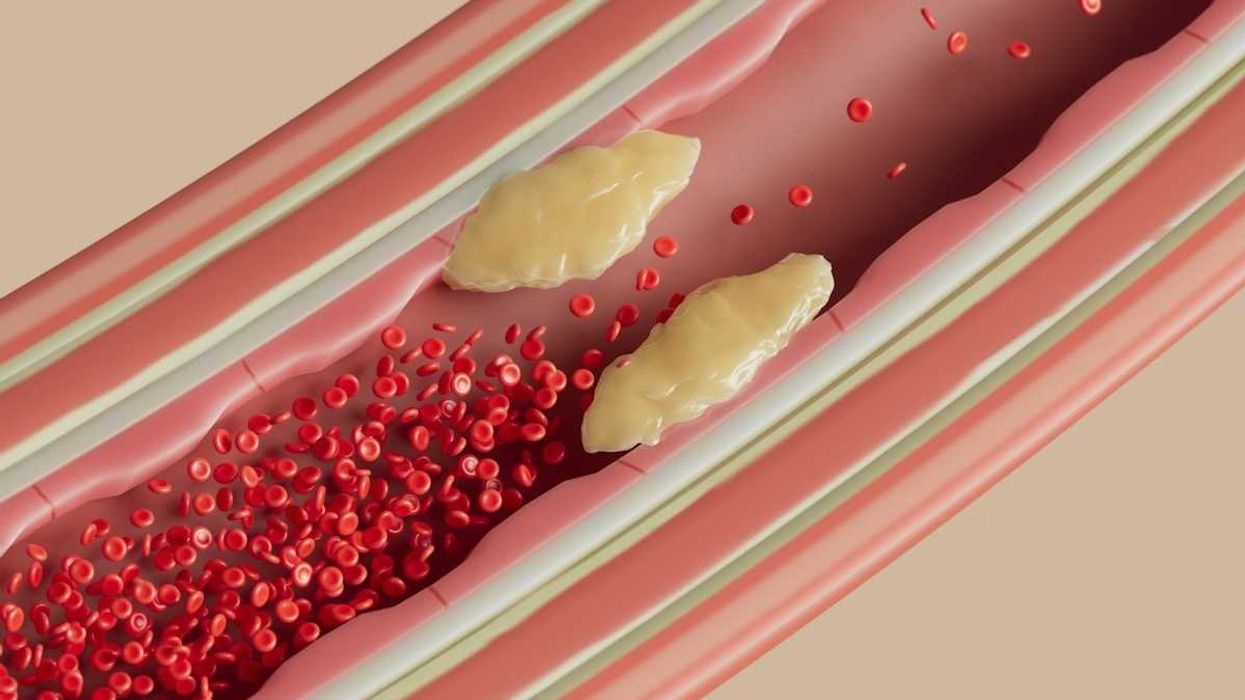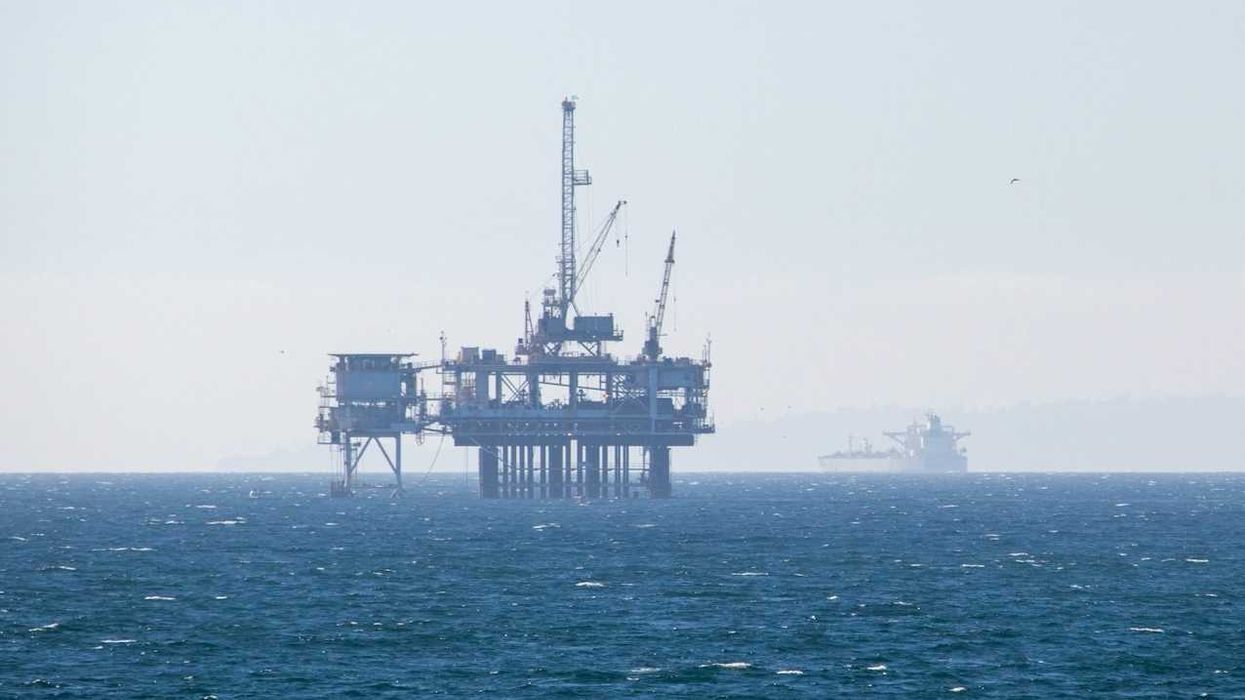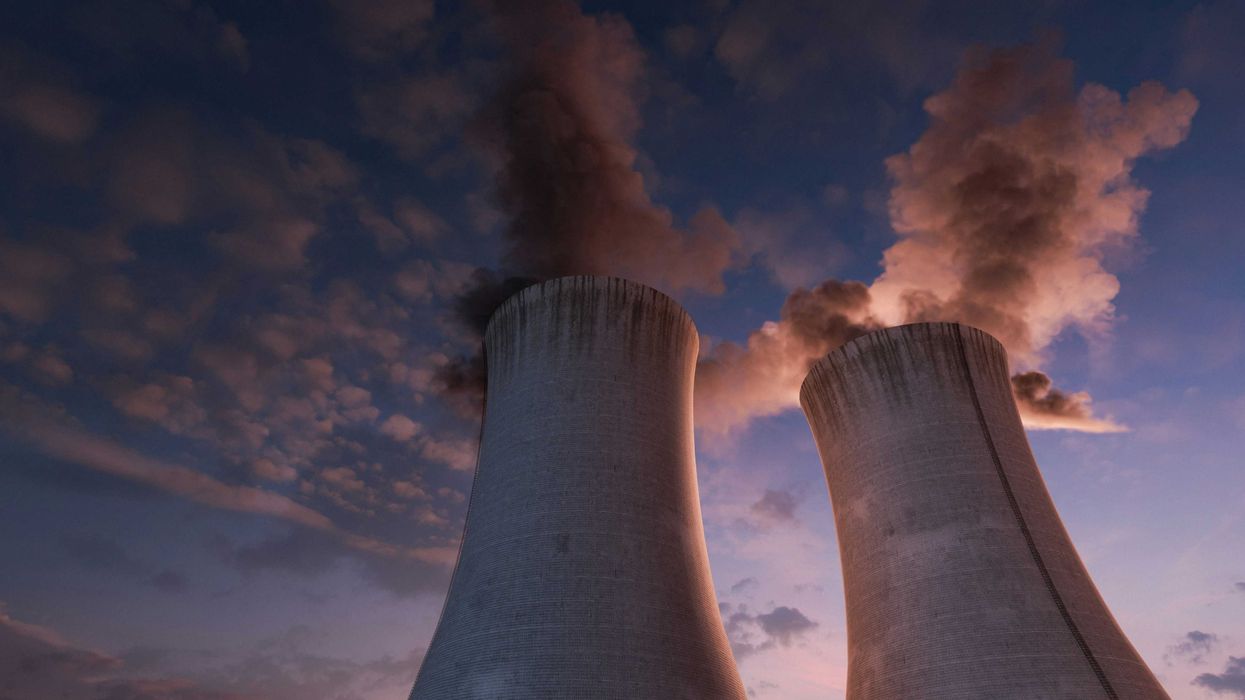Alaska’s rapid warming forces Indigenous communities like Point Hope to adapt their traditional lifestyles to changing conditions.
In short:
- Alaska is warming up to three times faster than the global average, severely impacting Indigenous communities reliant on ice and wildlife.
- Traditional practices are being adjusted; for example, people in Point Hope adapt by changing their hunting and food storage methods.
- Community projects, like building a pool in Bethel, prepare residents for unpredictable conditions caused by climate change.
Key quote:
“You can’t really change the Arctic. You can only change with the Arctic.”
— Priscilla Frankson, Iñupiaq student
Why this matters:
Indigenous communities’ adaptation strategies offer practical examples for dealing with climate change. As extreme weather becomes more common, these approaches highlight the importance of local, knowledge-based solutions.


